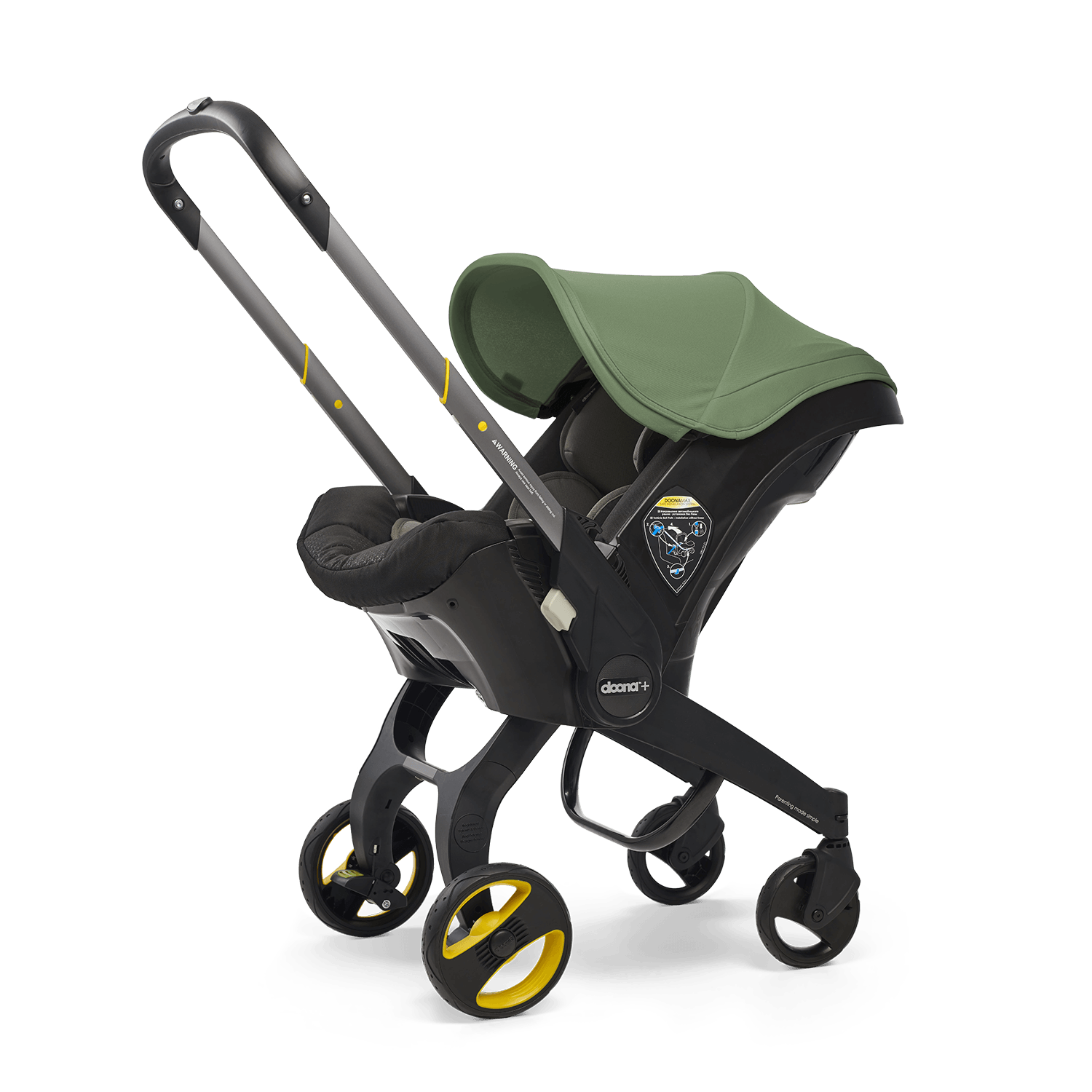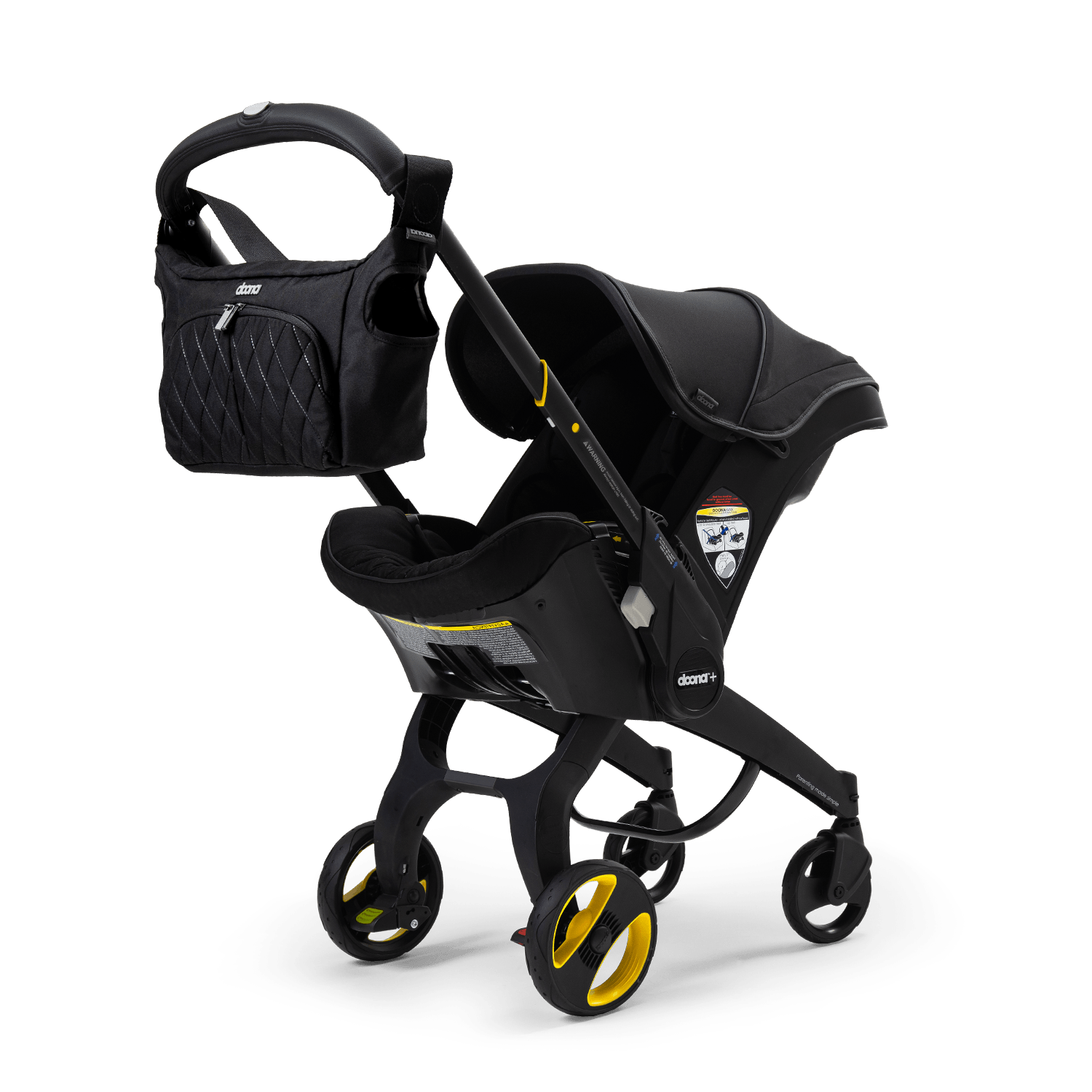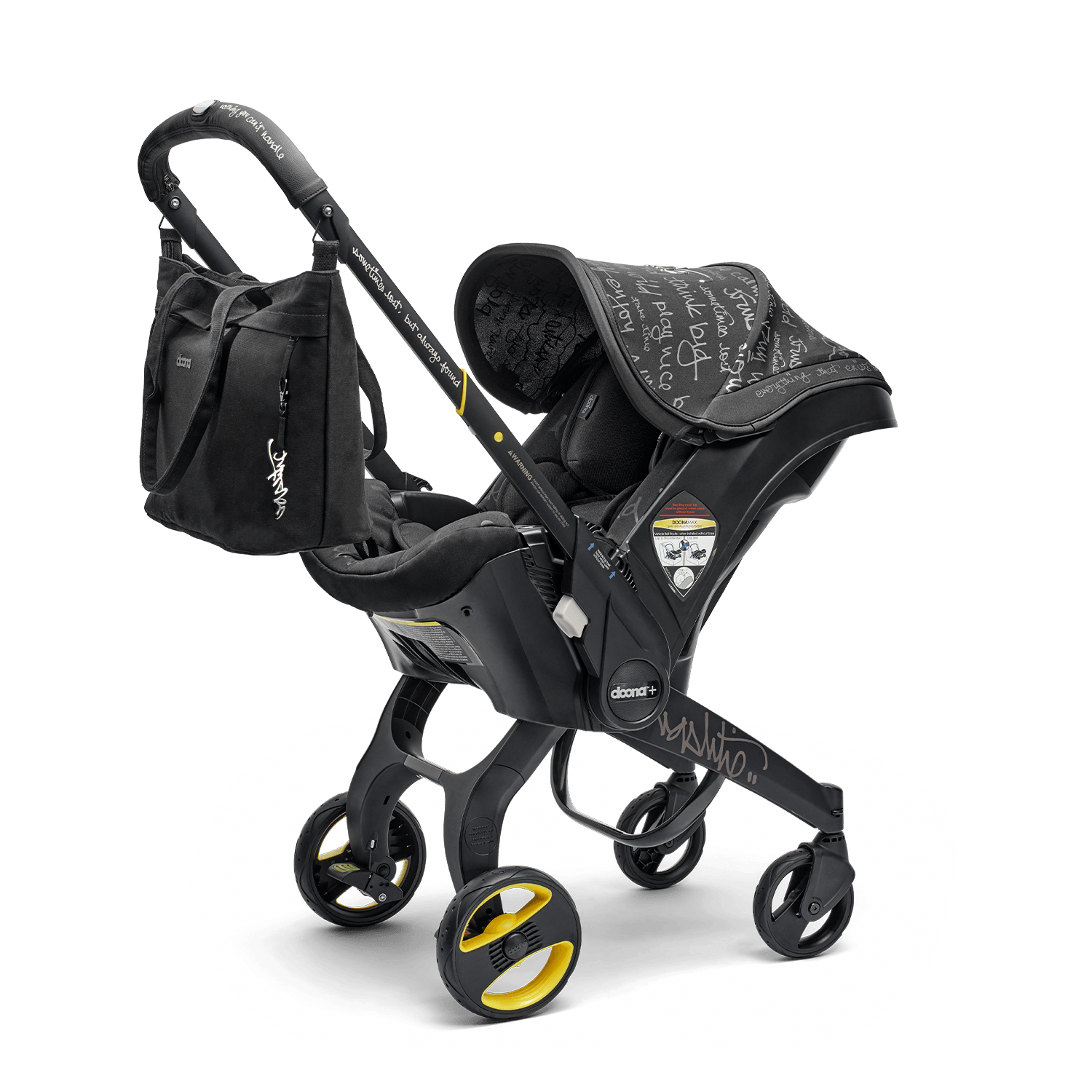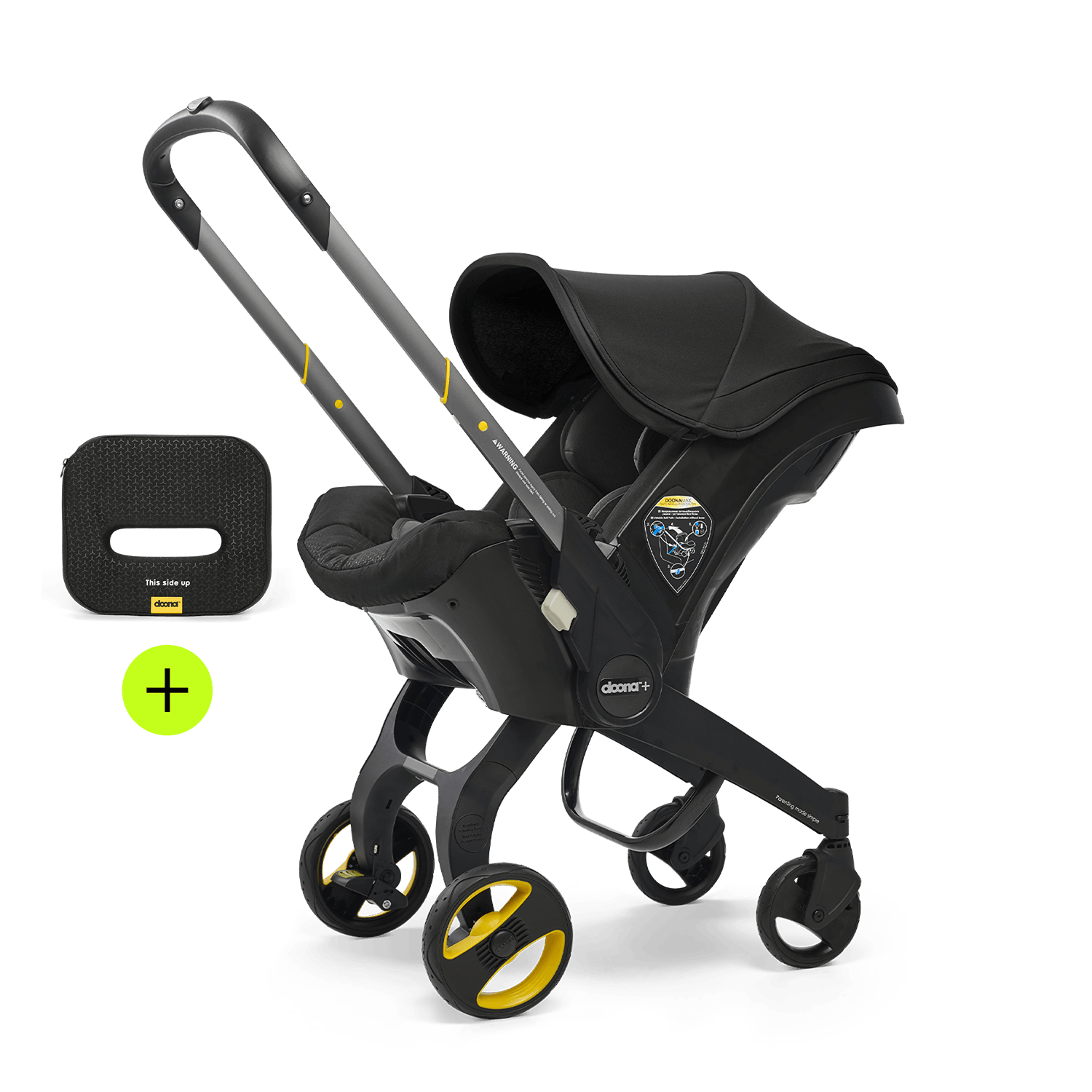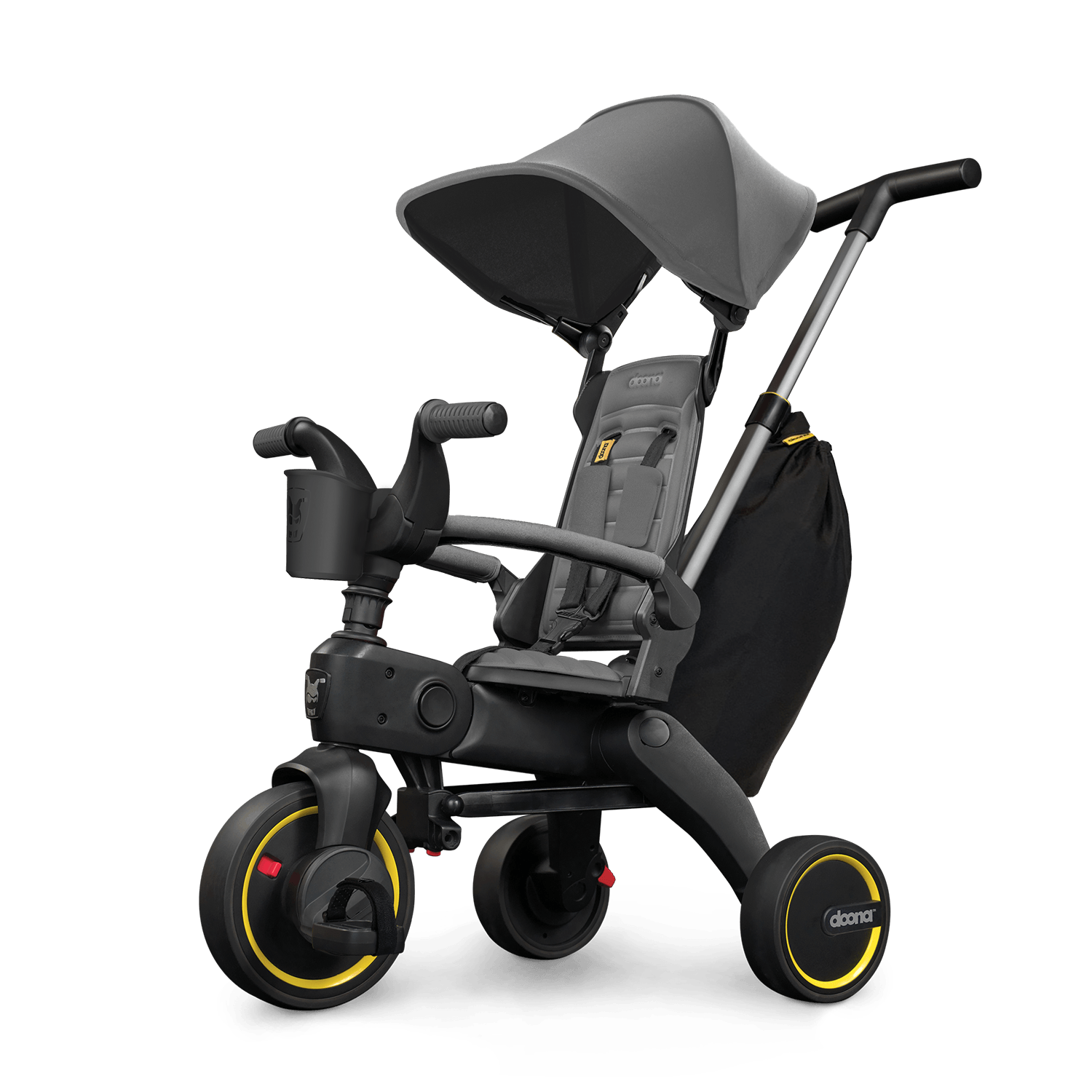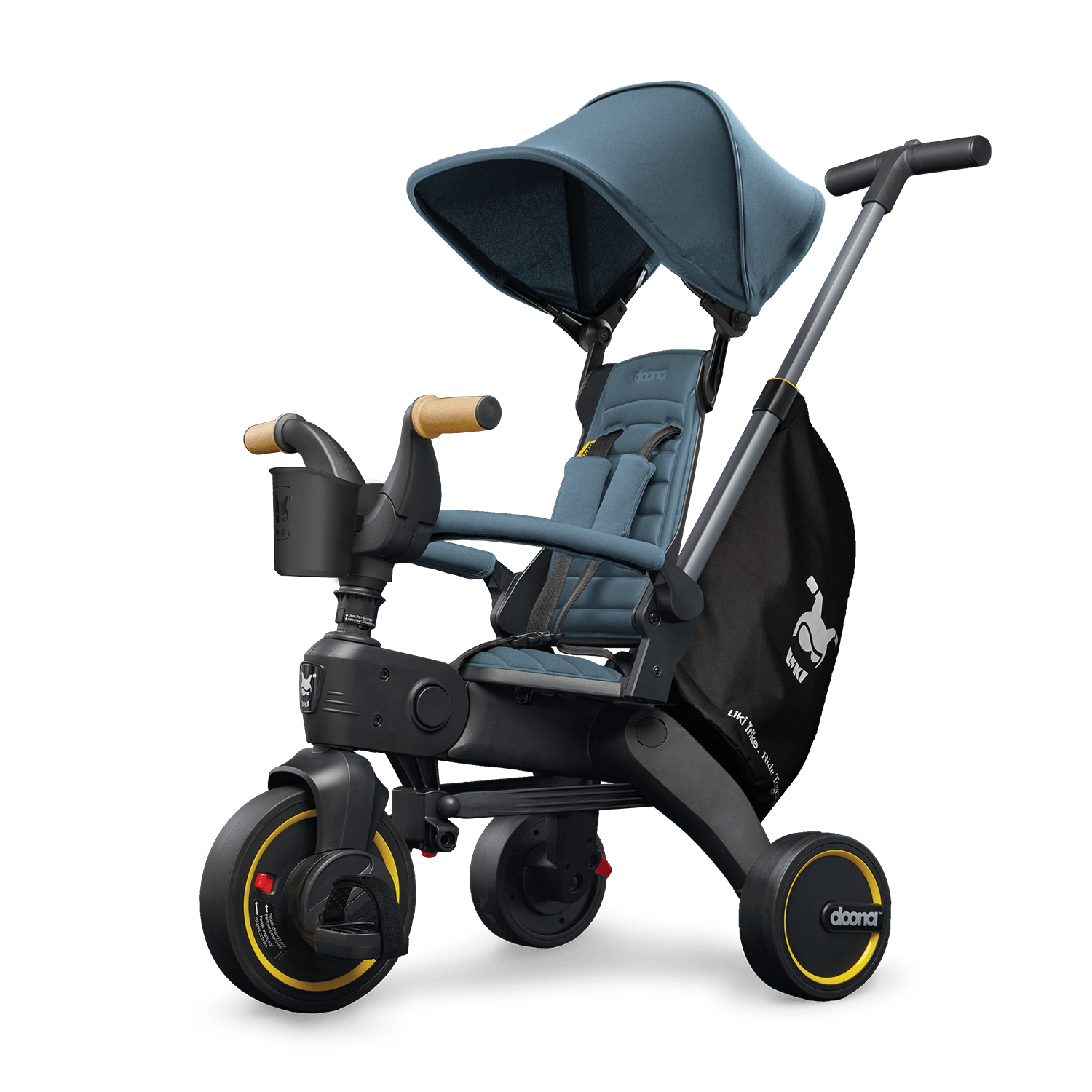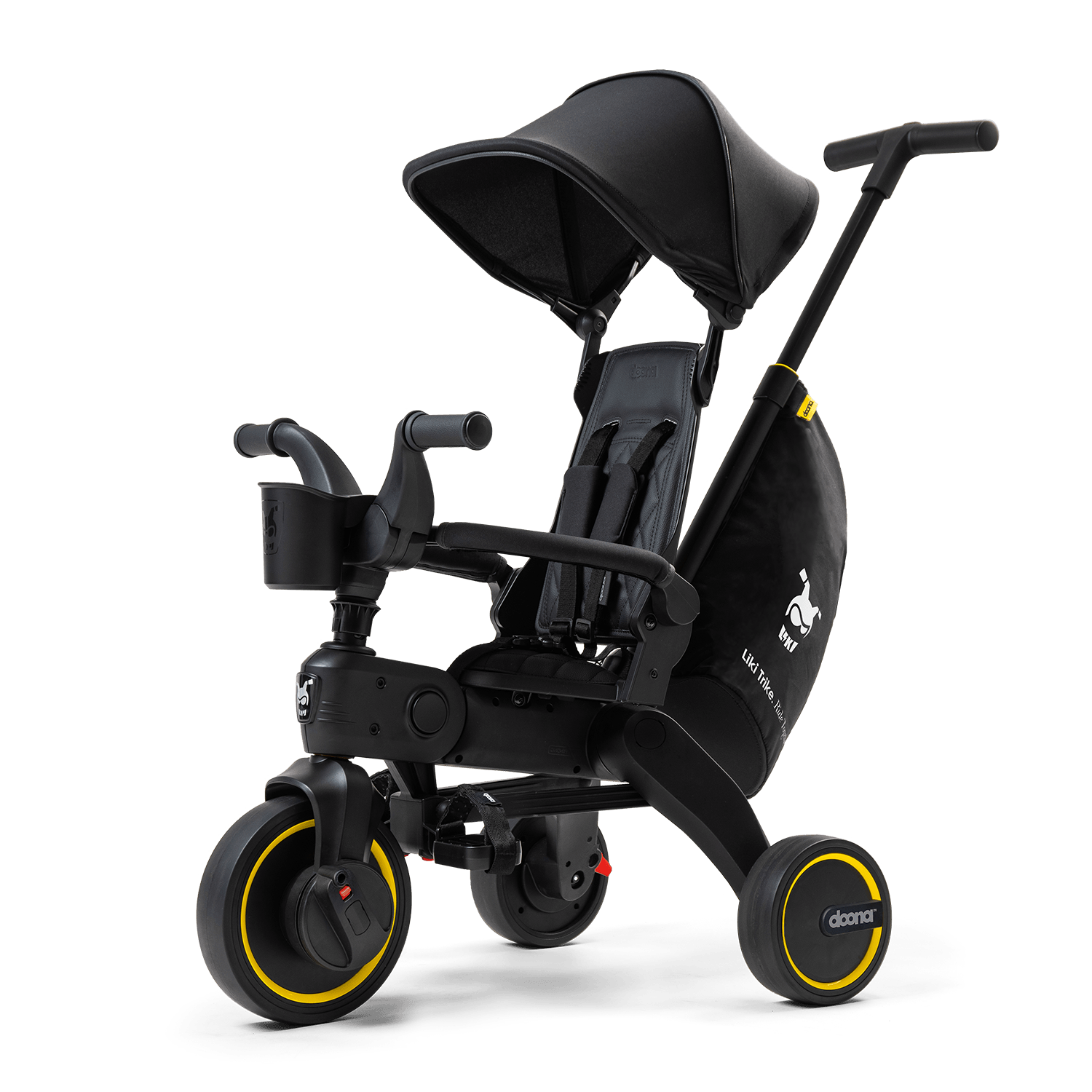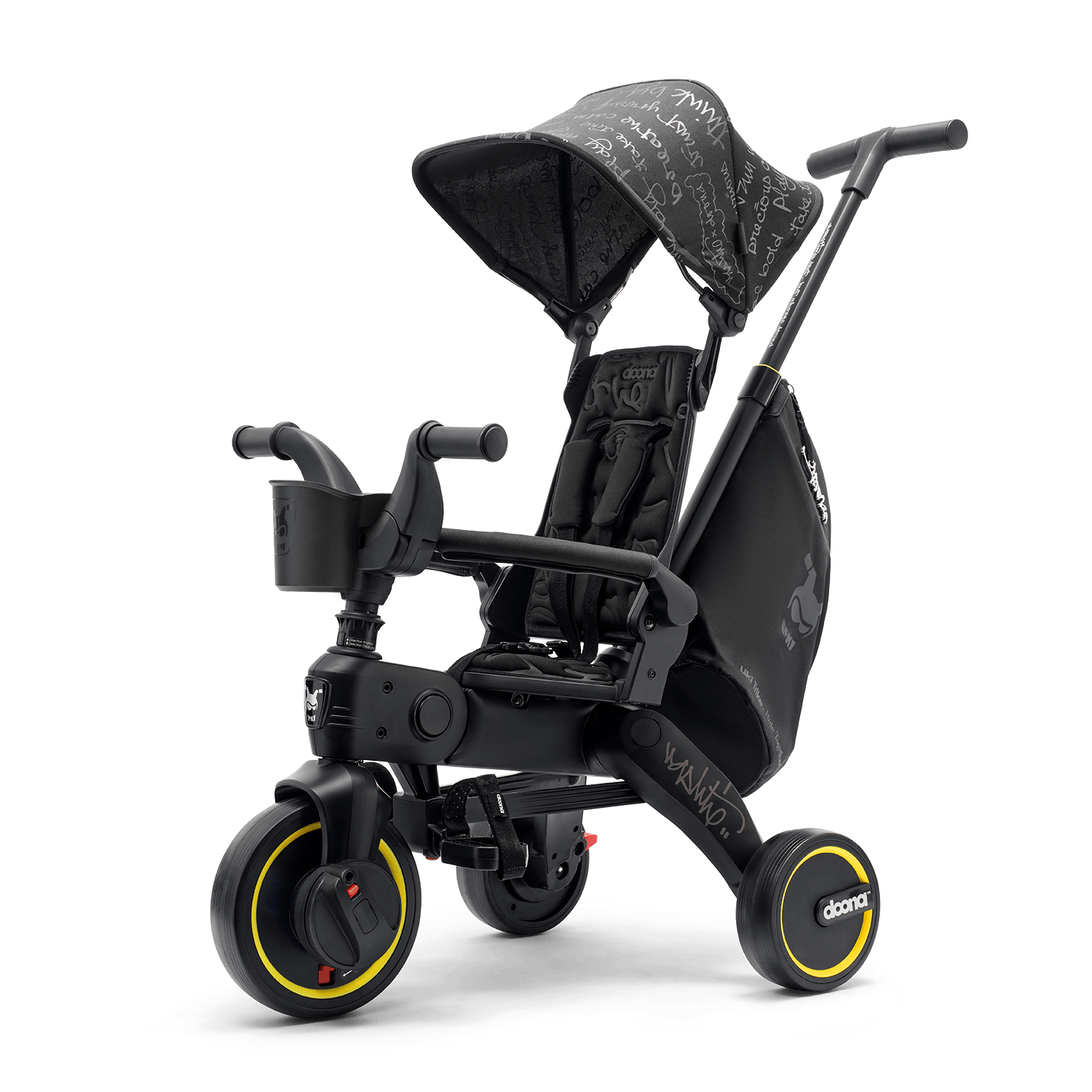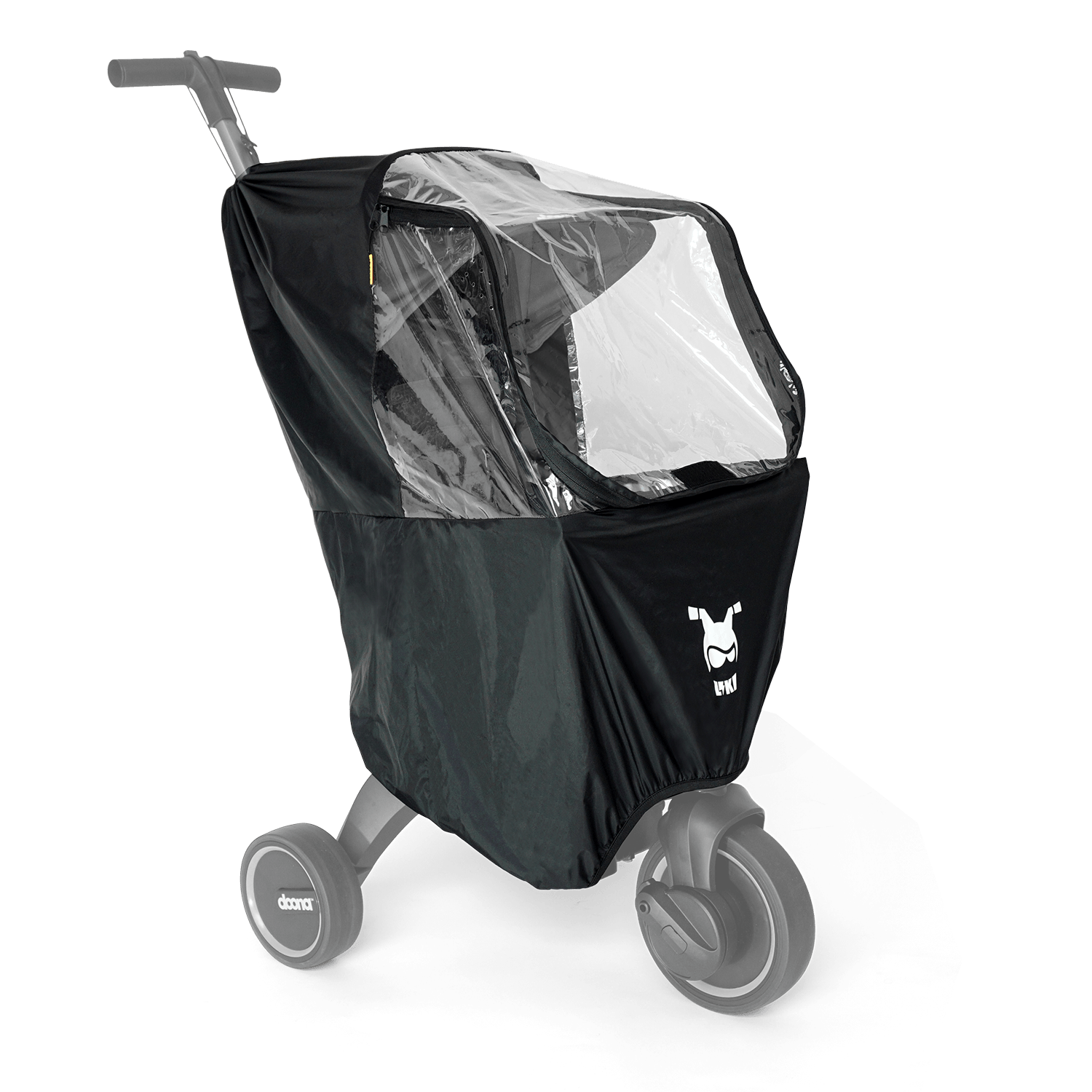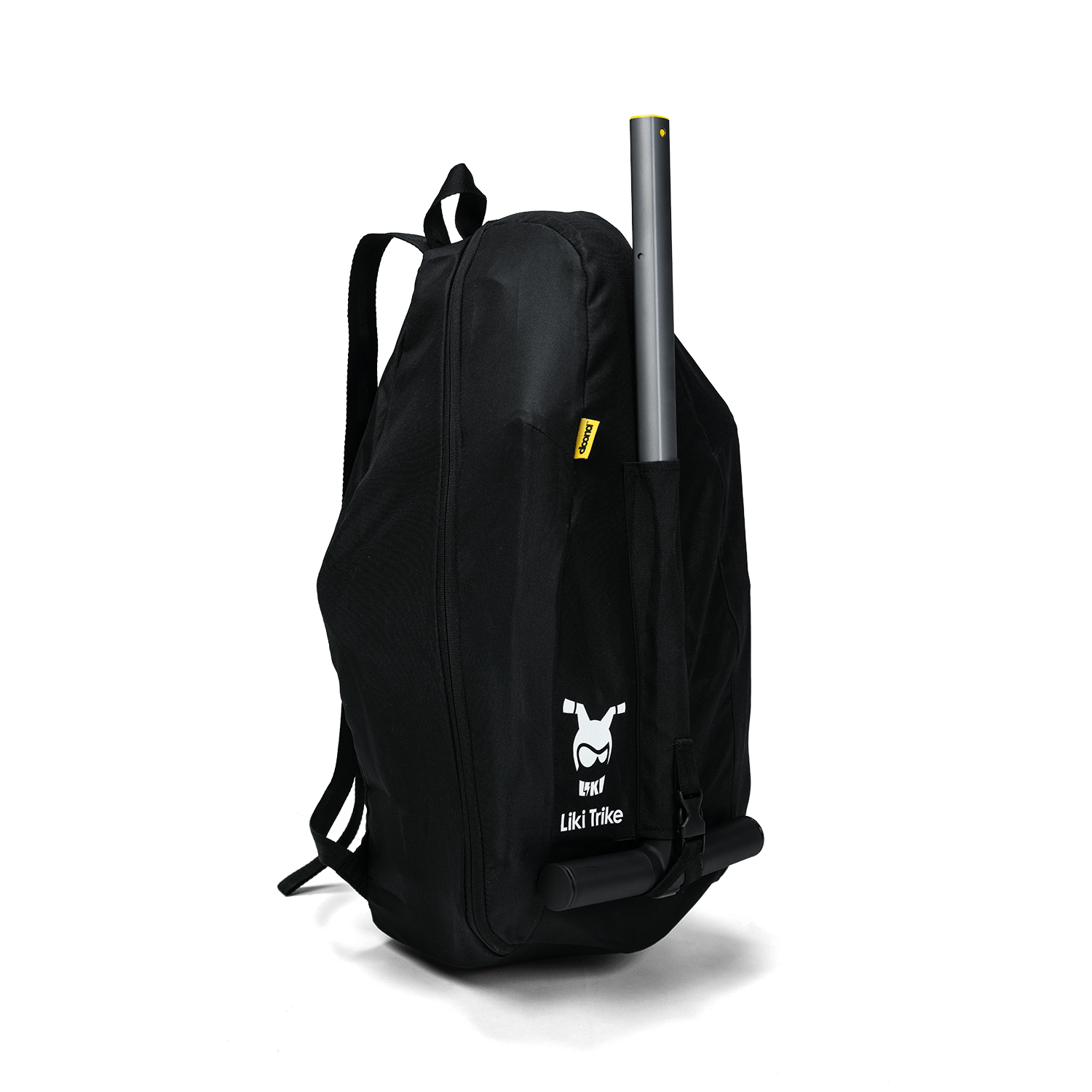The ultimate guide to managing food allergies in babies and toddlers
The first year of your baby’s life is filled with exciting growth milestones, including the introduction of solid foods. While this phase can be rewarding, it’s natural to feel a bit overwhelmed by all the factors to consider, especially when it comes to ensuring your baby eats safely and navigating potential food allergies. To help parents manage this stage with care, we’ve outlined each baby food phase below with expert tips on how to keep an eye out for food allergies.
According to the American Academy of Pediatrics (AAP), most babies are ready for solid foods around 6 months, but the exact timing varies per child. If your child can sit up straight with support and bring items to their mouth with ease, these are signs that they may be ready to eat. If you think your baby is ready but they get irritated when offered food, don’t force it. Wait a week and try again. No matter where your little one is in terms of readiness, keep in mind they need to be at least 4 months of age in order to ingest solid foods.
Common food allergies
According to the FDA, the most common allergies in the U.S. are ones you typically see on the back of food labels, including:
Milk
Eggs
Fish
Crustacean shellfish
Tree nuts
Peanuts
Wheat
Soybeans
Sesame
Some parents prefer to introduce common allergenic foods to their babies early, as research supports this approach. “There is substantial scientific evidence showing that early introduction of food allergens (particularly peanuts and eggs) between 4-11 of age months is effective in reducing food allergies in babies,” says Doona’s Pediatric Medical Advisor, Dr. Ben P. MD. “However, when introducing new allergens at an early age, it’s important to monitor for signs of an allergic reaction.” Keep track of everything your baby eats, and consult your doctor if you notice any patterns or symptoms of concern.
Signs of allergic reactions in babies
Signs of a potential food allergy can include:
Hives, flushed skin, or rash
Tingling or itchy sensation in the mouth
Swelling in the face, tongue, or lips
Vomiting or diarrhea
Coughing or wheezing
Swelling of the throat and vocal cords
Difficulty breathing
Allergic reactions will usually occur within minutes or hours after eating, touching, or inhaling the allergenic food. In cases of swelling of the mouth, lips and surrounding areas, coughing or wheezing, or difficulty breathing, seek urgent medical care right away.
Phase 1: Pureed foods (4-6 months)
As you begin introducing new foods into your child’s diet, it’s recommended to start with one food at a time. This approach allows you to monitor for any signs of allergies and find out what your baby likes. Start with soft cereals mixed with breast milk or formula, or try one fruit or vegetable puree each day, such as apple, pear, pea, or sweet potato. Observe how your baby reacts to each food. Avoid adding seasoning so your little one can taste the pure flavors of each ingredient. In case of allergies, make sure to wait at least 1-3 days before introducing another new food.
Phase 2: Soft food combinations (6-8 months)
Once you’re sure that your baby isn’t allergic to certain ingredients, you can begin to combine foods. This is a great time to offer your little one more textured foods like oatmeal, beans, yogurt, and even chicken—just be sure to keep the meal smooth enough for them to enjoy safely. For example, smooth carrots and peas, oatmeal and bananas, or shredded chicken and soft potatoes are all great options to try during this phase. Avoid foods that are hard to chew like apples or raw vegetables. Of course, as you explore more flavors and textures, continue keeping an eye out for allergic reactions.
Phase 3: Eating on their own (9-12 months+)
At this stage, finger foods are ideal for encouraging your baby to practice self-feeding. Offer foods that are soft, easy to chew, and small enough for them to pick up with their thumb and forefinger. Great options include cereal, hard-boiled eggs, pasta, shredded cheese or meat, avocados, and any soft fruits or cooked vegetables cut into bite-sized pieces. If you’re still introducing new foods, continue offering them one at a time to monitor for any potential allergies.
By 1 years old, your child should be more comfortable eating a variety of foods on their own (even picky eaters)! In fact, you can give them almost everything you’re eating yourself after the first year, as long as their portion is cut into bite-sized pieces to enjoy safely. For more helpful tips on keeping your baby safe, happy, and healthy, check out our blog on your baby’s first year!
If you have a family history of severe allergies and you’re worried about your little one experiencing an allergic reaction, talk to your doctor before introducing solid foods. Keep in mind that allergic reactions in babies and toddlers tend to be less severe than in adults, and under careful supervision, it’s perfectly safe to introduce common allergenic foods into their diet (as long as it’s after 4 months)! For now, embrace each phase and trust your instincts.
At Doona, we’re always trying our very best to make parenting simpler for every family. Which is also why we’ve created our innovative and revolutionary Doona Car Seat and Stroller which transforms from a car seat to a stroller in the click of a button; and Liki Trike — the most compact folding toddler trike on the market that grows alongside toddlers with five modes of use.
